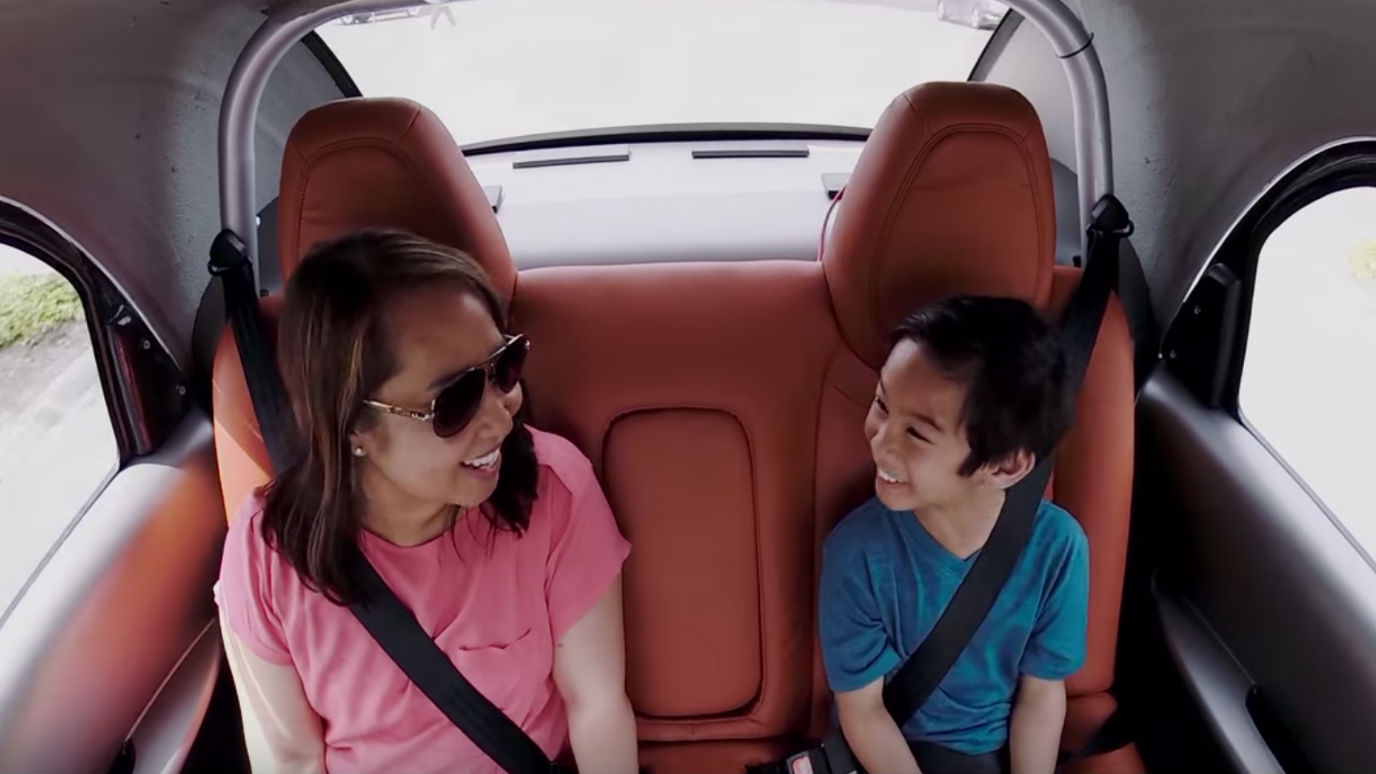Reality Check: Are Google’s Driverless Cars Right Around the Corner or Still a Distant Pipedream?

It’s hard not to get hyped watching roboticist Chris Urmson demonstrate Google’s self-driving car technology in a recent TED Talk.
Using really expensive multi-directional lasers, 3D mapping, and a lot of artificial intelligence to see and navigate the road, the company’s fleet of 23 modified Lexus Hybrids and 25 adorable Google-built prototypes have successfully driven 1.5 million miles on California, Texas, Washington, and Arizona roads.
After only a few fender-benders that Google claims are “not our fault!”—my words, not theirs—the public trials have so far proven that car safety skyrockets when you remove drivers from the equation.
Urmson and his team at Google are so encouraged, in fact, they’re working towards a 2020 release date, which is fewer than five years away (if my math is correct). What are the odds they meet their soft deadline?
Acclaimed designer and driverless researcher Don Norman of UC San Diego believes Google will likely realize that ambitious goal, but only in limited use on restricted corporate campus streets—similar to those fancy golf carts you sometimes see at college.
For everything else, however, including entering and exiting highways, maneuvering city streets, and limited rural use, Norman says we won’t see fully autonomous cars on major roads “for 10 more years at the earliest.” And even then, driverless cars will make up a mixed-use minority among a manual driving majority.

He should know. In addition to his duties as the head of the university’s Design Lab, Norman is helping both Nissan and Toyota to make automated driving a reality. In his experience, the technology has “solved 90-95% of the driverless problem, but the remaining 5-10% will take a very long time.”
The reason: “We can handle most of the scenarios, but we still can’t handle the extreme cases where accidents mostly occur,” he says. Things like abnormal stop and go and behavior, unruly pedestrians, construction detours, poorly marked or graveled county roads, and different right of way rules for different types of vehicles, such as school buses, ambulances, and police cars.
Because of those, “The progress no longer resembles a J-shaped curve like it was after Google launched the project in 2009. It’s now a negative curve which will take a long time to reach the end point.”
Much of that final push therefore must account for human unpredictability, including sharing the road with manual drivers, considering jaywalkers, and handling road ragers. “In some ways the technology itself is the easy part,” says Lisa D’Ambrosio, a research scientist at the Massachusetts Institute of Technology. “Deciding policy and teaching operators on how to interact with the technology will need to happen before we see driverless cars with regularity.”
-

-

-

-

-

-

-

-

-

-

-

-

-

-

-

-

-

-

-

-

-

-

-

-

-

-

-

-

-

-

-

-

-

-

-

-

-

-

-

-









































